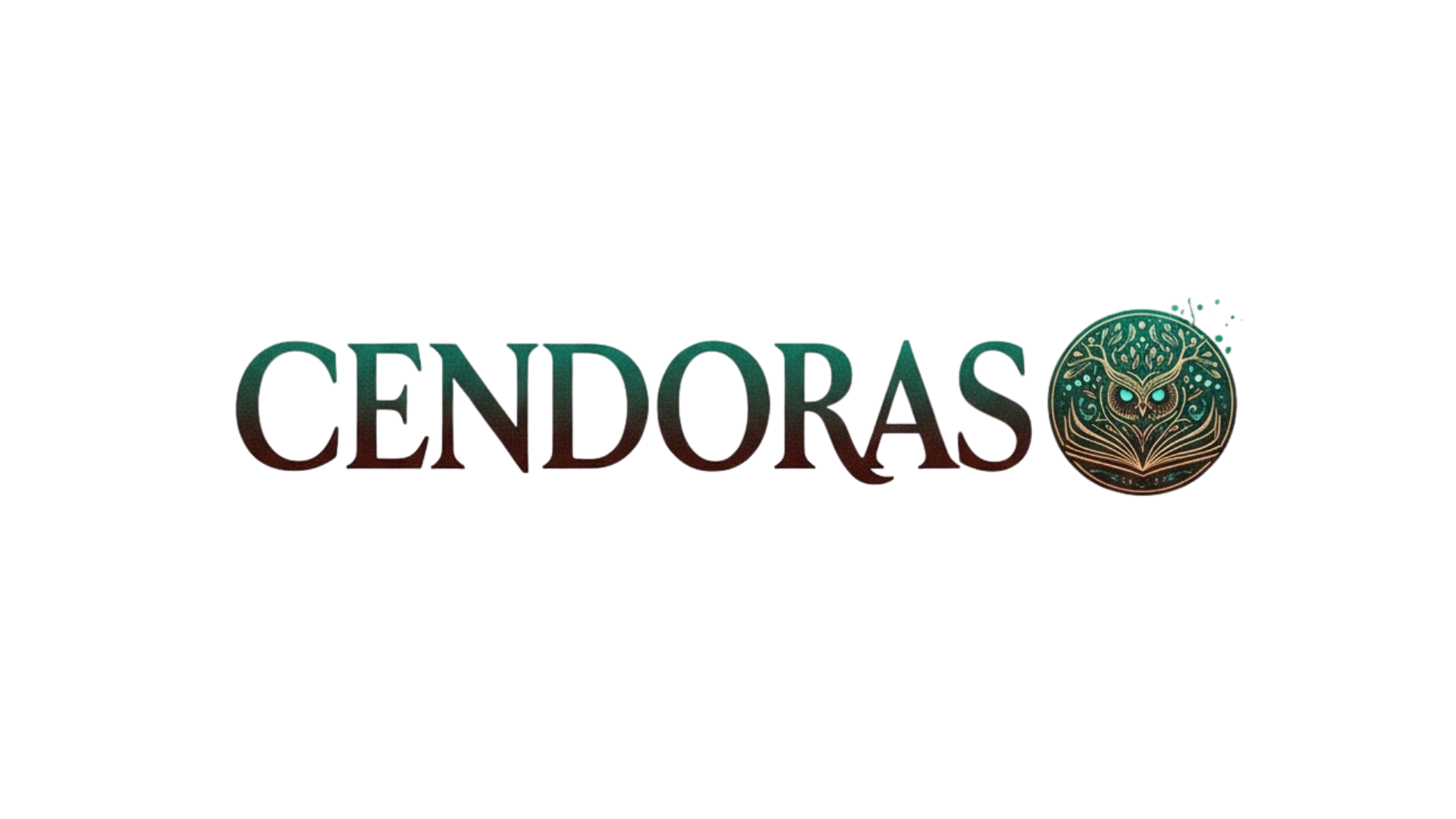Understanding and dismantling bias represents one of humanity’s most crucial challenges in building communities where everyone can thrive equally and authentically.
In our increasingly interconnected world, the persistence of bias continues to create barriers that prevent countless individuals from reaching their full potential. Whether manifested through unconscious assumptions, systemic discrimination, or overt prejudice, bias shapes experiences, opportunities, and outcomes across all aspects of society. Recognizing this reality isn’t about assigning blame—it’s about acknowledging a fundamental truth that opens pathways toward meaningful change.
The journey toward a more inclusive society begins with a single, powerful step: awareness. When we understand how bias operates within ourselves and our institutions, we gain the tools necessary to challenge ingrained patterns and create environments where diversity isn’t just tolerated but celebrated. This transformative process requires both personal commitment and collective action, sustained by education that reaches across generations and communities.
🧠 Understanding the Nature of Bias in Modern Society
Bias functions as a mental shortcut, a cognitive mechanism that helped our ancestors make quick decisions in life-threatening situations. However, in contemporary society, these same neural pathways often lead to unfair judgments about people based on characteristics like race, gender, age, sexual orientation, disability, or socioeconomic status. The human brain processes approximately 11 million bits of information per second, yet our conscious mind can only handle about 40 bits. This enormous gap means we rely heavily on patterns and assumptions to navigate daily life.
Unconscious bias operates below our awareness, influencing decisions without our explicit knowledge or intention. Research demonstrates that even individuals who consciously reject stereotypes may still harbor implicit biases that affect their behavior. These hidden prejudices emerge in hiring decisions, medical diagnoses, educational evaluations, and countless daily interactions. The insidious nature of unconscious bias lies precisely in its invisibility—we cannot address what we refuse to acknowledge exists within ourselves.
Systemic bias extends beyond individual prejudices, embedding itself within organizational structures, policies, and cultural norms. These institutional patterns create advantages for some groups while systematically disadvantaging others. Historical discrimination becomes encoded in algorithms, workplace cultures, educational curricula, and legal frameworks, perpetuating inequality across generations even when individual actors don’t consciously hold prejudiced views.
The Psychological Foundations of Prejudice
Social categorization represents a fundamental human tendency to organize the world into “us” and “them.” This in-group/out-group thinking served evolutionary purposes but now contributes to divisive tribalism. We naturally favor those we perceive as similar while viewing outsiders with suspicion or indifference. Confirmation bias then reinforces these initial categorizations by causing us to notice and remember information that confirms our existing beliefs while dismissing contradictory evidence.
Stereotype threat—the anxiety that arises when individuals fear confirming negative stereotypes about their group—demonstrates how bias impacts its targets directly. Studies show that simply reminding people of negative stereotypes before a test can significantly decrease their performance, creating a self-fulfilling prophecy that appears to validate the very stereotypes causing the harm. This psychological burden affects millions daily, draining mental resources that could otherwise fuel achievement and well-being.
📚 The Transformative Power of Awareness Training
Awareness represents the essential first step toward change. When individuals develop the capacity to recognize bias—both within themselves and in surrounding systems—they gain agency to interrupt harmful patterns. Effective awareness training doesn’t simply lecture participants about discrimination; it creates experiences that reveal hidden assumptions and their real-world consequences. Through reflection, dialogue, and evidence-based exercises, people begin seeing familiar situations through new perspectives.
The most impactful awareness programs incorporate several key elements. They present scientific research on bias in accessible formats, helping participants understand that harboring unconscious prejudices doesn’t make them bad people but rather normal humans operating with imperfect cognitive machinery. This approach reduces defensiveness while increasing openness to self-examination. Interactive components allow participants to discover their own implicit biases through tools like the Implicit Association Test, creating personal investment in the learning process.
Organizations implementing comprehensive bias awareness initiatives report measurable improvements in workplace climate, employee satisfaction, and retention rates among underrepresented groups. However, awareness alone proves insufficient for lasting change. Training must connect to concrete behavioral strategies and organizational accountability measures. Without follow-through, awareness sessions risk becoming performative exercises that generate cynicism rather than transformation.
Creating Cultures of Continuous Learning
Bias awareness isn’t a one-time vaccination but an ongoing practice requiring regular reinforcement. Organizations committed to inclusion embed awareness into their cultural DNA through multiple touchpoints: onboarding processes, performance evaluations, meeting protocols, and decision-making frameworks. Leaders model vulnerability by acknowledging their own biases and mistakes, creating psychological safety for others to do the same without fear of punishment.
Peer accountability mechanisms enable colleagues to respectfully point out biased statements or behaviors in real-time. This approach distributes responsibility for maintaining inclusive environments beyond designated diversity officers to all community members. When handled skillfully, these moments of feedback become learning opportunities rather than confrontations, strengthening relationships while reducing harm.
🎓 Education as the Foundation for Long-Term Change
While awareness training addresses existing biases in adults, education shapes developing minds before prejudices become entrenched. Age-appropriate curricula that celebrate diversity, teach accurate history including uncomfortable truths, and develop critical thinking skills equip young people to question stereotypes rather than absorb them uncritically. Children naturally embrace diversity when given opportunities to interact across differences in supportive environments.
Representation matters profoundly in educational contexts. When students see themselves reflected in their teachers, textbooks, and learning materials, they internalize messages about their own potential and worth. Conversely, the absence of diverse representation communicates powerful negative messages about whose stories, contributions, and perspectives society values. Diversifying educational content and personnel creates more accurate, complete pictures of human achievement while expanding all students’ understanding of possibility.
Social-emotional learning programs that build empathy, perspective-taking, and conflict resolution skills provide essential foundations for inclusion. These competencies enable young people to navigate differences respectfully, appreciate multiple viewpoints, and collaborate across lines of difference. Research consistently demonstrates that students who receive quality social-emotional education show improved academic outcomes alongside better interpersonal relationships and mental health.
Challenging Curriculum Bias and Historical Narratives
Traditional educational content often reflects the biases of those who created it, centering certain perspectives while marginalizing or erasing others entirely. Decolonizing curricula involves critically examining what gets taught, whose voices dominate narratives, and which perspectives remain invisible. This process doesn’t mean rejecting established knowledge but rather expanding it to include fuller, more accurate representations of diverse contributions and experiences.
Teaching difficult histories—including slavery, genocide, colonialism, and ongoing systemic discrimination—presents challenges but proves essential for developing informed, responsible citizens. Age-appropriate approaches help students understand historical and contemporary injustice without inducing paralyzing guilt or defensiveness. Well-designed lessons emphasize both the harm caused by oppression and the inspiring resistance movements that fought for justice, providing models of constructive action.
💼 Implementing Inclusive Practices in Professional Environments
Workplaces represent critical sites for either perpetuating or dismantling bias. Employment discrimination affects hiring, promotion, compensation, and termination decisions, creating cumulative disadvantages that compound over careers. Organizations serious about inclusion examine their practices systematically, identifying where bias infiltrates processes and implementing evidence-based interventions.
Blind resume reviews, where identifying information gets removed before initial screening, significantly reduce discrimination in hiring. Structured interviews using standardized questions and evaluation criteria minimize the influence of irrelevant factors and subjective impressions. Diverse hiring panels bring multiple perspectives to candidate assessment, catching biases individual evaluators might miss. These procedural changes require minimal resources while generating substantial improvements in workforce diversity.
Mentorship and sponsorship programs help level playing fields by providing underrepresented employees with advocacy, guidance, and access to networks that dominant groups often access informally. However, these initiatives must avoid placing unfair burdens on employees from marginalized groups to educate others or serve as sole representatives of their communities. Allyship training equips members of privileged groups to use their advantages to support colleagues facing discrimination.
Building Accountability Through Data and Transparency
What gets measured gets managed. Organizations tracking demographic data across recruitment, retention, promotion, and compensation can identify disparities requiring attention. Transparency about these metrics—both internally and publicly—creates accountability pressure while signaling commitment to equity. Disaggregating data reveals which specific groups face barriers, enabling targeted interventions rather than generic diversity initiatives.
Regular climate surveys provide employees opportunities to report experiences of bias, discrimination, and exclusion anonymously. When leadership responds to survey findings with concrete action plans and visible changes, these assessments build trust and engagement. Conversely, surveying without follow-through breeds cynicism and resentment, actually damaging organizational culture.
🌍 Community-Wide Approaches to Fostering Inclusion
Creating inclusive societies extends far beyond individual organizations to encompass community-wide initiatives. Public awareness campaigns challenge stereotypes, celebrate diversity, and educate citizens about discrimination’s impacts. Community dialogues bring together people from different backgrounds for facilitated conversations that build understanding and relationships across differences. These efforts counter segregation’s effects by creating intentional opportunities for meaningful cross-group interaction.
Policy advocacy represents another essential component of inclusion work. Laws prohibiting discrimination, ensuring accessibility, protecting voting rights, and promoting equitable resource distribution create frameworks supporting inclusion. Grassroots organizing mobilizes community members to demand accountability from institutions and elected officials, transforming awareness into political power that drives systemic change.
Cultural institutions including museums, theaters, libraries, and media outlets shape public consciousness through the stories they tell and voices they amplify. Diversifying these spaces—both in terms of personnel and content—ensures that multiple perspectives contribute to collective narratives. Arts and cultural programming provide powerful vehicles for building empathy, challenging assumptions, and imagining alternative possibilities.
🔄 The Ongoing Journey Toward Genuine Inclusion
Dismantling bias and building inclusive societies represents ongoing work rather than a destination to reach and declare complete. As societies evolve, new forms of discrimination emerge while old prejudices adapt to changing contexts. Technological advances introduce algorithmic bias requiring new forms of vigilance. Demographic shifts produce backlash from groups perceiving threats to traditional hierarchies. Economic pressures strain commitments to equity when resources feel scarce.
Sustaining momentum requires acknowledging both progress achieved and distance remaining. Celebrating victories prevents burnout and demonstrates that change is possible, while honest assessment of persistent inequities maintains urgency and focus. Multi-generational commitment proves necessary because transforming deeply rooted systems and cultures doesn’t happen quickly or easily.
Individual actions matter immensely, even when systemic problems feel overwhelming. Each person who examines their biases, speaks up against discrimination, supports inclusive policies, and models respectful behavior across differences contributes to cultural transformation. These daily choices accumulate into movements that reshape societies. The most profound changes often begin with ordinary people deciding that the status quo is unacceptable and committing to be part of something better.

🌟 Embracing Our Collective Responsibility for Change
The work of creating inclusive societies belongs to everyone, not just those directly harmed by discrimination or those in official diversity roles. People from privileged groups bear particular responsibility to leverage their advantages for equity rather than perpetuating systems that benefit them unjustly. This doesn’t require guilt but rather honest recognition of reality and willingness to act from that understanding.
Allyship moves beyond passive sympathy to active solidarity, using privilege to amplify marginalized voices, share resources and opportunities, and take risks to challenge injustice. Effective allies educate themselves rather than expecting marginalized people to explain discrimination, accept feedback without defensiveness, and understand that this work serves everyone by creating healthier, more just communities.
The beautiful truth is that inclusion benefits everyone, not just those currently excluded. Diverse teams produce more innovative solutions. Inclusive communities experience less conflict and more civic engagement. Equitable societies achieve better health, education, and economic outcomes across populations. When we dismantle barriers preventing some people from thriving, we unlock human potential that enriches collective life immeasurably. ✨
Breaking down bias through awareness and education represents both a moral imperative and a practical necessity for navigating our complex, interconnected world. The path forward requires courage to examine uncomfortable truths, humility to acknowledge mistakes, and determination to persist despite inevitable setbacks. By committing to continuous learning, implementing evidence-based practices, and holding ourselves and institutions accountable, we move closer to societies where every person can participate fully, contribute their unique gifts, and flourish. This vision isn’t utopian fantasy but achievable reality when enough people decide to make it so through sustained, collective action.
Toni Santos is a behavioural economics researcher and decision-science writer exploring how cognitive bias, emotion and data converge to shape our choices and markets. Through his studies on consumer psychology, data-driven marketing and financial behaviour analytics, Toni examines the hidden architecture of how we decide, trust, and act. Passionate about human behaviour, quantitative insight and strategic thinking, Toni focuses on how behavioural patterns emerge in individuals, organisations and economies. His work highlights the interface between psychology, data-science and market design — guiding readers toward more conscious, informed decisions in a complex world. Blending behavioural economics, psychology and analytical strategy, Toni writes about the dynamics of choice and consequence — helping readers understand the systems beneath their decisions and the behaviour behind the numbers. His work is a tribute to: The predictable power of cognitive bias in human decision-making The evolving relationship between data, design and market behaviour The vision of decision science as a tool for insight, agency and transformation Whether you are a marketer, strategist or curious thinker, Toni Santos invites you to explore the behavioural dimension of choice — one insight, one bias, one choice at a time.




